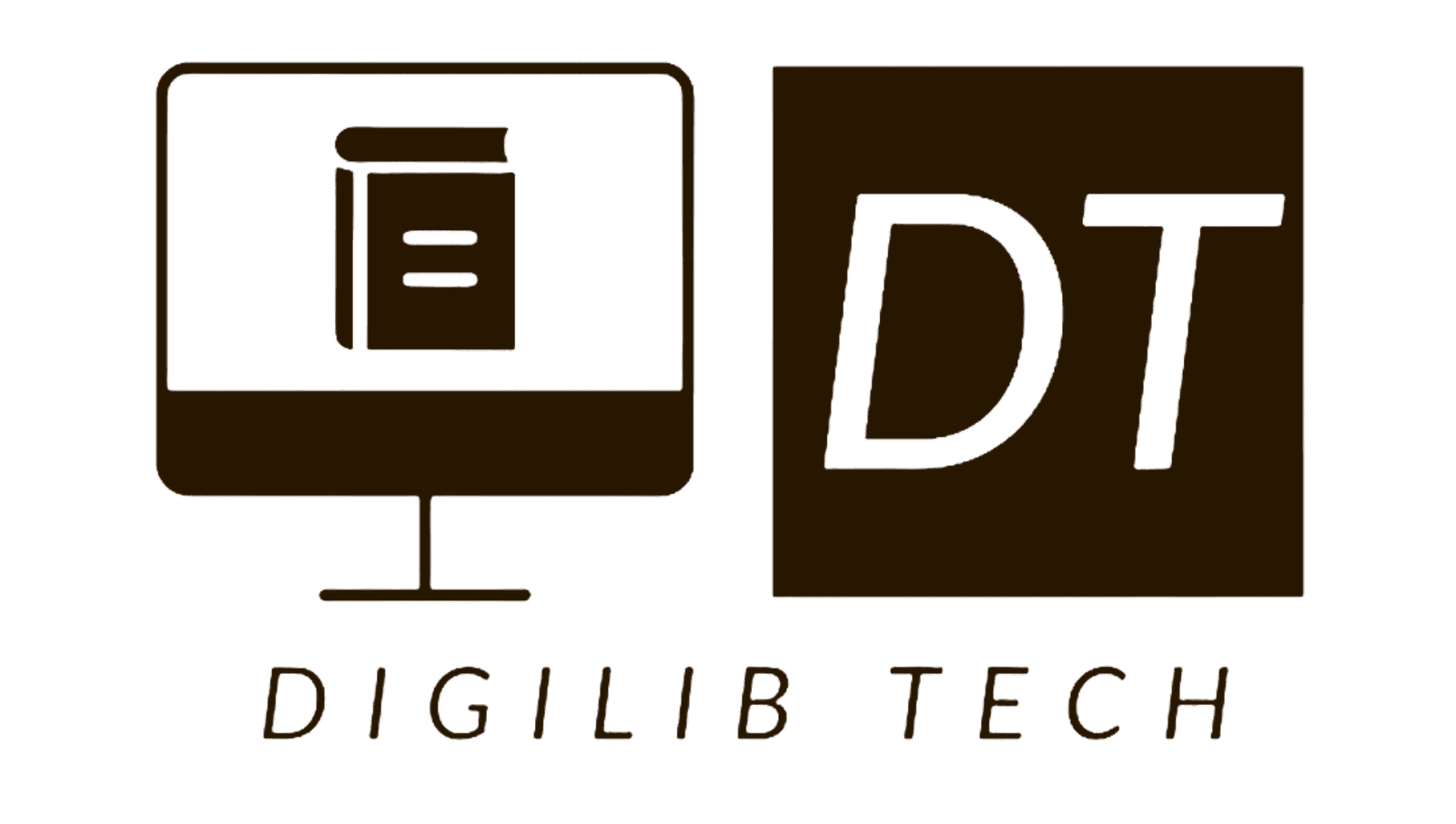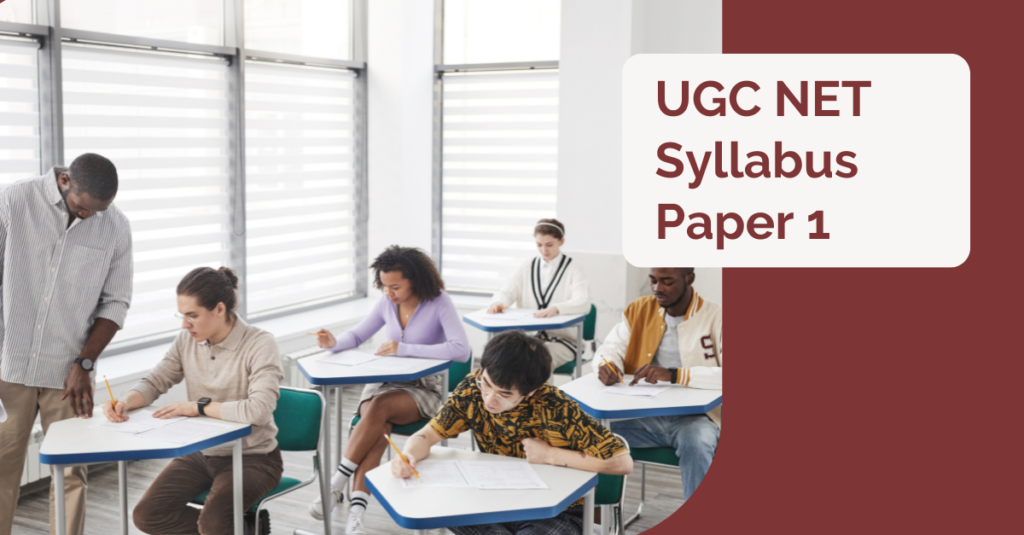kvs Librarian Exam Pattern -2023
KVS Exam 2023: What’s New in the Syllabus and Pattern The written test is of 180 marks (180 objective type multiple choice questions) carrying 01 mark for each question. The durationof written test will be 180 minutes.

Professional Competency Test: The Professional Competency Test is of 60 marks (DemoTeaching -30 marks and Interview -30 Marks ).
Note: The weightage of Written Test and Professional Competency (Demo Teaching & Interview) will be inthe ratio of 70:30. Final merit list will be based on the performance of the candidate in Written Test &Professional Competency Test taken together.
General English – ( Number of Question – 15 )
•Verb, • Active Voice and Passive voice • Subject-Verb Agreement • Articles • Comprehension •Adverb • Error Correction • Sentence Rearrangement • Fill in the Blanks. • Unseen Passages •Tenses and their types •Vocabulary • Antonyms • Synonyms • Grammar • Idioms & Phrases,etc
General Hindi ( Number of Question – 15 )
भाषा, संज्ञ ा, सर् व नाम एर् ं सर् व नाम, वर्शेषण , विया, अव्यय , र् चन , व ं ग, उपसगव एर् ं प्र त् यय, र् ाक्य वनमावण , पयावयर्ाची , वर्परीपार्वक , अनेकार्वक ,समानार्ी शब्द , वर् राम वचन् हों की पहचान एर् ं उपयोग, मुहार् रे एर् ं ोकोवियााँ, अ ं कार, सवन्ि , तत्सम , तद्भर् , देशज एर् ं वर् देशी शब् द, समास,
General Knowledge & Current Affairs ( Number of Question – 15 )Awards, Books & their authors, Sports, History- Ancient, Medieval & Modern, Geography, Current Affairs, Polity,Population Census, Indian Art & Culture, Misc.
Reasoning Ability ( Number of Question – 15 )
Alphabet Test, Analogy , Coding Decoding, Blood Relation, Ranking And Sequence , Direction Test , Odd One Out, Coded Relationship, Venn Diagram, Cube And Dice, Missing Number , Arithmetic Number Series And Letter, Symbol Series , Figures And Verbal Classification , Word Formulation & Dictionary Problem , Word Formulation & Dictionary Problem , Counting Of Figure , Seating Arrang
Computer Literacy Reasoning Ability ( Number of Question – 10 )
Information Technology – Definition, Need, Scope and Objectives , Computer Basic – Introduction to Computers -Overview of Historical Development of Computers. – Generations of Computers, Classification of Computers. – EssentialComponents of Computer system, Computer Architecture-Organization of Computer – Input and Output devices-Keyboard, Scanner, OCR, Printers, Monitor, Software. – Operating systems: Single & Multi User Systems, Basic features of MS-DOS, MS Windows, Linux, UNIX,Windows NT etc. – Programming Languages: Concepts and Tools – Algorithm & Flowcharting. MS-Office package .DBMS Package – Familiarity with DBASE, FOXPRO, CDS/ISIS, SOUL, MS Access (Basic features) . Computerapplication to library & Information work – House keeping operations . Communication Technology – CommunicationTechnology Basic Concepts – Networking: Basic Concepts. – Internet
Concerned Subject – LIS ( Number of Question – 100 )
Part 1: Foundation of Library & Information Science.
Unit.1.
Library as a Social Institution – Social & Historical Foundations of Library. – Different types of libraries-Academic, Public, and Special –their distinguishing features and functions. – Role of U.G.C. for the development of Academic Libraries. – Role in Library of formal and informal education. Shivaji University, Kolhapur
Unit.2
Normative Principles of Lib. & Inf. Science – Five Laws of Library Science. – Implications of five laws in Lib. &Inf. Science – Development of Libraries with special reference to India, Baroda Public Library system – Library Co-operation Resource Sharing and Library Networking.
Unit 3.
Laws relating to Libraries & Information. – Library legislation needs and essential features. – Library legislation in India. – Maharashtra Public Library Act. – Press and registration act & Delivery of Books act (Public Library). – Copyright, Intellectual Property rights.
Unit 4.
Library and information Profession – Attribution of the profession. – Librarianship as a profession. – Professional ethics. – Professional associations & their role. – National & International Library Associations- FID, IFLA, LA, ILA, ALA, IASLIC, etc.
Unit.5
Promoters of Library & Information Services – National level promoters- RRRLF. – International level promoters-UNESCO
Unit.6
Public relations & Extension activities – Definition – facets and programs. – publicity & extension, Outreach activities. – Library pathfinders (Guides) – Factors affecting Library development, Literacy, publishing, Book Trade.
Part II: Knowledge Organization, Information Processing & Retrieval.
Unit. 1
Universe of Knowledge – Structure and Attributes. – Modes of formation of subjects. – Different types of subjects.- Universe of subjects as mapped in different schemes of classification
Unit. 2
Bibliographic description – Catalogue purpose, Structure, and types of physical forms including OPAC filling rules. -Normative Principles of cataloging. – Overview of principles and practice in document description. – Current trends in standardization, description, and exchange. – Standard codes of cataloging
Unit. 3
Methods of Knowledge Organization – General Theory of Library Classification. – Normative principles of classification and their application. – Species of Library Classification. – Standard Schemes of Classifications and their Features, CC, DDC, UDC. – Notation: Need, Functions, Characteristics – Design and development of schemes of LibraryClassification, Standard sub-division Index. – Trends in Library Classification.
Unit. 4
Subject Classification – Principles of Subject Classification. – Subject heading lists and their feature.
Part III: Information Technology: Basic
Unit. 1
Information Technology – Definition, Need, Scope, and Objectives.
Unit. 2
Computer Basic – Introduction to Computers – Overview of Historical Development of Computers. – Generations of Computers, Classification of Computers. – Essential Components of the Computer System.
Unit.3
Computer Architecture-Organization of Computer – Input and Output devices- Keyboard, Scanner, OCR, Printers, Monitor
Unit. 4
Software. – Operating systems: Single & Multi-User Systems, Basic features of MS-DOS, MS Windows, Linux, UNIX, Windows NT, etc. – Programming Languages: Concepts and Tools – Algorithm & Flowcharting.
Unit. 5
MS-Office package
Unit. 6
DBMS Package – Familiarity with DBASE, FOXPRO, CDS/ISIS, SOUL, and MS Access (Basic features)
Unit 7
Computer application to library & Information work – Housekeeping operations
Unit 8
Communication Technology – Communication Technology Basic Concepts – Networking: Basic Concepts. -Internet
Part IV: Management of Libraries & Information Centres/Institutions
Unit.1
Management – Concepts, definition, and scope. – Management styles and approaches. – Management schools of thought. – Functions and principles of Scientific Management.
Unit.2
Human Resource Management – Organizational structure. – Delegation, Communication, and Participation. – JobDescription and Analysis, Job evaluation. – Inter-personal relation. – Recruitment procedures. – Motivation, group dynamics. – Training and Development. – Disciplines and Grievances. – Performance Appraisal.
Unit.3
Financial Management – Resources Mobilization – Budgeting Techniques and Methods PPBS, Zero BasedBudgeting, etc. – Budgetary Control. – Cost-effectiveness and Cost Benefit analysis. – Outsourcing.
Unit. 4
Reporting – Types of reports, Annual report compilation, Contents, and style. – Library Statistics etc.
Unit. 5
System Analysis and Design – Library as a system – Project Management PERT/COM – Decision Tables. -Performance evaluation standards, MIS. – Performance Measurement, reengineering, Time and MotionStudy – SWOT ( Strength Weakness )
Unit .6
Total Quality Management (TQM) – Definition, Concept, Element – Quality Audit, LIS-related standards. -Technology Management.
Unit. 7
Library House Keeping Operations. – Different sections of the Library & Information Center and their functions. -Collection Development and Management Policies Procedures. – Book Ordering (Acquisition) – Technical Processing.- Serials Control, Circulation Control, Maintenance, etc. – Stock Verification- Policies and Procedures. – Evaluation andWeeding. – Archiving-conservation-Preservation. – Restoration including Print, Non-Print, and Electronic Materials.
Unit.8
Planning – Concept, Definition, Need and Purpose, Types. – Policies and Procedures, MBO – Building and Space Management in Libraries and Information Centers. – Library Building, Interior & Exterior, Furniture, Equipment, Standards & Types. – Risk Management, Contingency Management. – Planning of related Infrastructure, LibraryStandards
Unit. 9
Management of change. – Concept of change. – Changes in Procedures, Methods, Tools, and Techniques. -Problems of Incorporating Change. – Techniques of Managing Change.
Part V: Information Sources & Services
Unit .1
Reference and information sources. – Documentary Sources of Information, Print, Non-Print includingElectronic: Special features, Scope, typesElectronic: Special features, Scope, types – Nature, Characteristic, Utility, and evaluation of different types of Information sources: Physical formats, Authority, Content, Utility. – Non-Documentary Information Sources. – Reference SourcesCategories, Primary, Secondary & Tertiary Information Sources.(Encyclopedia, Dictionary, Periodical, Thesis, Books, Yearbook, Patents, Trade literature, standards, Monographs, Reference Books, Year Books, Almanac, Atlas, Abstracting& Indexing periodicals, Bibliographies, Handbooks, etc.)- Internet as a Source of Information.
Unit .2
Reference Service. – Concept, Definition, Need, Scope, and Trends. – Reference Interview and Search Techniques.
Unit .3
Information Services and Products – Information Services and Products. – Information services concepts, Definitions, Needs, and trends. – Need, Techniques and Evaluation of Alerting services (CAS&SDI) – Bibliographic, Referral, Document Delivery, and Translation Services.
Unit .4
Information System and their Services. – Study of National, International, and Commercial Information Systems and Services- Background, their Services and Products.
Part VI: Library Users
Unit .1
Techniques of Library and Information Centres Survey. – Proforma method. – Interview method. – Records analysis method
Unit.2
Information users and their information Needs – Categories of Information users. – Information needs definition and models. – Information-seeking behavior.
Unit.3
User Education – Goals and Objectives level, Techniques and Methods, Evaluation of Users Education Programmes.
Unit. 4
User Studies. – Methods and techniques of User studies. – Evaluation of User studies.
Unit.5
User Orientation Programmes: – Conventional and Modern Techniques: Study tours, Newsletters, Handbooks, Leaflets, Powerpoint Presentation, Websites etc




Your article helped me a lot, is there any more related content? Thanks!
Thanks for sharing. I read many of your blog posts, cool, your blog is very good.